Low Bush Blueberry
- October 18, 2023
- 0 comment
Lowbush blueberry, scientifically known as Vaccinium angustifolium, is a beloved North American native fruit that has found its way into the hearts and palates of many. These petite, deciduous shrubs typically grow no higher than two feet, making them aptly named “low bush.” The lowbush blueberry is cherished for its delectable, sweet-tart berries, which are smaller and more intensely flavored than their highbush counterparts.
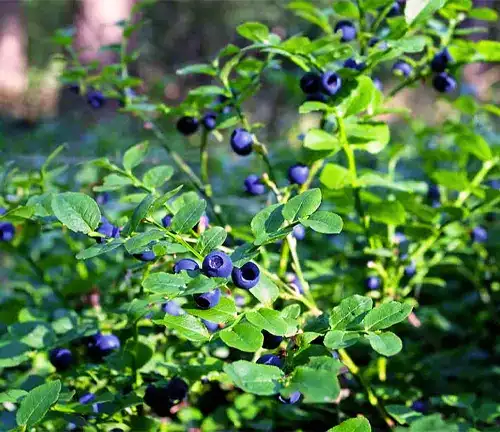
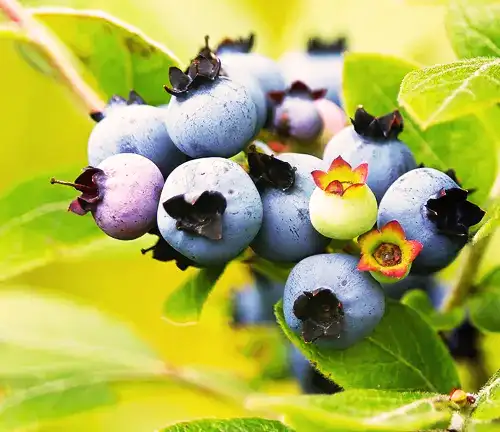
In the wild, they thrive in acidic, sandy soils and are often found in pine barrens, open woodlands, and along rocky hillsides across eastern Canada and the northeastern United States. Not only valued for their delicious taste, lowbush blueberries are praised for their nutritional benefits, packing a punch of antioxidants and vitamins. They are commonly used in pies, jams, muffins, or enjoyed fresh.
Beyond their culinary appeal, lowbush blueberries also play a vital role in wildlife habitat and are a symbol of the North American landscape.
| Characteristics | Description |
| Scientific Name | Vaccinium angustifolium |
| Common Name | Low Bush Blueberry |
| Plant Type | Deciduous shrub |
| Height | Typically under 2 feet (60 cm) |
| Fruit Size: | Small, intensely flavored berries |
| Habitat | Found in acidic, sandy soils |
| Native Range | Eastern Canada and northeastern United States |
| Fruit Use | Culinary purposes (pies, jams, muffins, fresh consumption) |
| Nutritional Value | Rich in antioxidants and vitamins |
| Growth Locations | Pine barrens, open woodlands, rocky hillsides |
| Wildlife Habitat | Important for wildlife, providing food and shelter |
| Cultural Significance | Symbolic of the North American landscape |
Botanical Beauty of “Low Bush Blueberry”

In the serene landscapes of eastern Canada and the northeastern United States, a botanical gem thrives, known as the “Low Bush Blueberry” or Vaccinium angustifolium. This unassuming shrub, with its diminutive stature and delicate foliage, holds a captivating beauty that draws admirers from both the human and natural world. As we delve into the enchanting world of low bush blueberries, it becomes evident that their charm extends far beyond aesthetics.
Woodland Elegance
Lowbush blueberries, typically standing at a humble height of under two feet, exude woodland elegance like no other. Their low-lying branches, adorned with dainty green leaves and clusters of small, intensely flavored berries, create a picturesque, forest floor tapestry. The understated beauty of these shrubs is a testament to nature’s ability to craft elegance from simplicity.

Ecological Importance
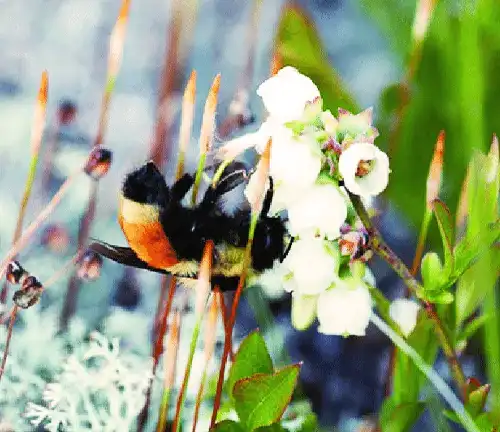
Beyond their visual appeal, lowbush blueberries play a pivotal role in the intricate tapestry of local ecosystems. The berries provide sustenance for an array of wildlife, including birds, small mammals, and insects. This ecological importance underscores the interconnectedness of all living organisms in their shared habitat.
Cultivation and Conservation
Cultivating lowbush blueberries has become not only an economic endeavor but also a means of conservation. Farmers and horticulturists have recognized the value of these berries and have undertaken efforts to cultivate them, preserving their natural habitat in the process. The conservation of these species safeguards not just the plants themselves but the myriad organisms dependent on them.
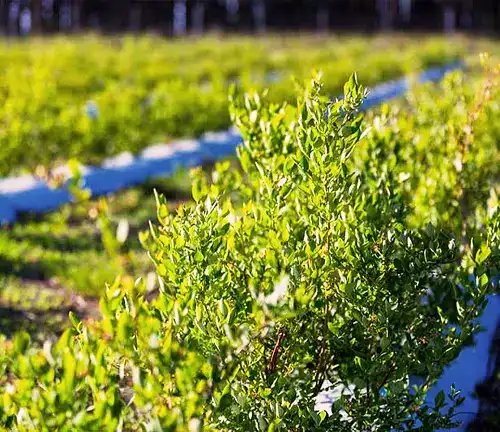
Fragrance
The fragrance of lowbush blueberries is a sensory delight. The subtle, sweet aroma of the berries wafts through the air, creating a harmonious ambiance in the wild. This scent serves as an olfactory invitation to all passersby, both human and animal, to partake in nature’s offering.
Soil Stabilization
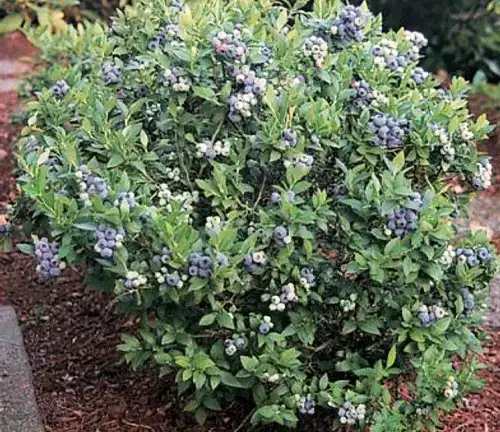
Lowbush blueberries serve as natural soil stabilizers, their shallow roots helping to prevent soil erosion, especially in areas with sandy or loose soils. This unique feature underscores their role in maintaining the stability of the environments they call home.
Common Uses
While lowbush blueberries undoubtedly contribute to the health of ecosystems, they also make their mark in the culinary world. These berries are a staple in the kitchen, often finding their way into pies, jams, muffins, and other delectable creations. Their distinct, sweet-tart flavor adds a delightful dimension to various dishes.

Benefits
Aside from their delicious taste, lowbush blueberries pack a nutritional punch. Rich in antioxidants and vitamins, they offer health benefits ranging from improved cognitive function to cardiovascular health. Their consumption is a tasty way to support one’s well-being.
Different Species
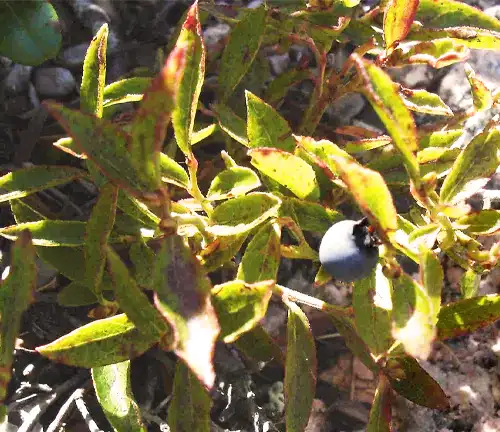
Vaccinium boreale
(Northern Lowbush Blueberry)
This species is native to northern North America and is closely related to Vaccinium angustifolium. It typically has smaller berries and grows in colder regions, making it well-suited for northern climates.
Vaccinium pallidum
(Dryland Blueberry)
Also known as the Dryland Blueberry, this species is found in parts of North America. It’s adapted to drier, upland environments and tends to have a smaller stature compared to other blueberry species.

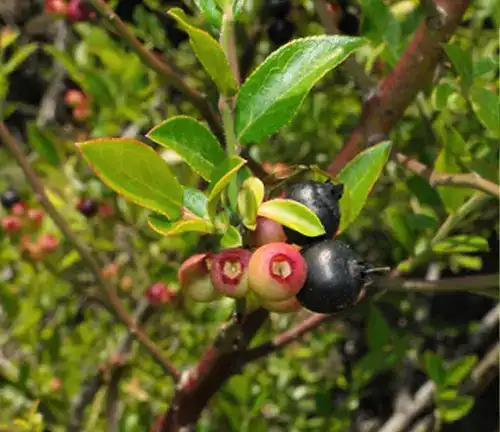
Vaccinium tenellum
(Southern Blueberry)
This species, also known as the Southern Blueberry, is found in the southeastern United States. It has smaller berries and prefers the acidic soils and warm climate of the southern region.
Vaccinium myrtilloides
(Velvetleaf Blueberry)
Native to North America, this species is often found in boggy or wetland habitats. It’s characterized by its velvety leaves and is adapted to the specific conditions of these environments.
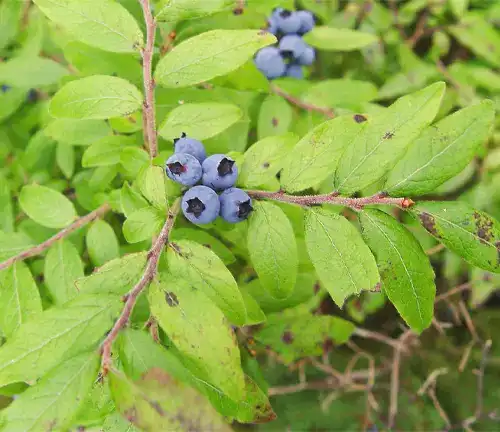
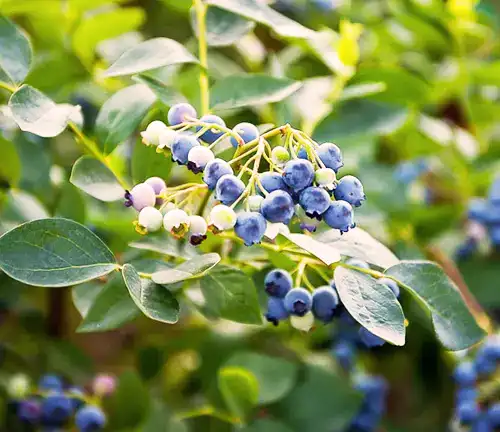
Vaccinium corymbosum
(Highbush Blueberry)
While not a lowbush blueberry, the Highbush Blueberry is closely related and deserves mention. It’s a taller blueberry species known for its larger berries and is commonly cultivated for its commercial fruit production.
Frequently Asked Questions (FAQs)
- What is a Low Bush Blueberry?
Low Bush Blueberry, scientifically known as Vaccinium angustifolium, is a native North American shrub that produces small, intensely flavored blueberries. It’s characterized by its compact growth, typically under two feet in height. - Where are Low Bush Blueberries found?
Low Bush Blueberries are commonly found in the wild in eastern Canada and the northeastern United States, particularly in acidic, sandy soils, pine barrens, open woodlands, and rocky hillsides. - How do you distinguish Low Bush Blueberries from other blueberry species?
Low Bush Blueberries have smaller, more intensely flavored berries and a low-lying growth habit. They are distinct from Highbush Blueberries (Vaccinium corymbosum), which are taller and have larger berries. - What is the ecological importance of Low Bush Blueberries?
Low Bush Blueberries play a vital role in supporting local ecosystems by providing food and shelter for various wildlife, including birds, small mammals, and insects. They are essential for maintaining biodiversity. - Can Low Bush Blueberries be cultivated at home?
Yes, Low Bush Blueberries can be cultivated in gardens. They require well-drained, acidic soil and prefer full sun. Proper soil preparation and care are essential for successful cultivation. - What are the common uses of Low Bush Blueberries?
Low Bush Blueberries are commonly used in culinary applications such as pies, jams, muffins, and fresh consumption. They add a sweet-tart flavor to a variety of dishes and beverages. - Are there any health benefits to consuming Low Bush Blueberries?
Yes, Low Bush Blueberries are rich in antioxidants and vitamins, which offer various health benefits, including improved cognitive function and support for heart health. They are considered a nutritious fruit. - How can I support the conservation of Low Bush Blueberries?
Supporting the conservation of native habitats where Low Bush Blueberries grow is one way to help protect them. Additionally, purchasing products made with sustainably harvested wild blueberries can contribute to their conservation. - When is the best time to harvest Low Bush Blueberries?
The best time to harvest Low Bush Blueberries is typically in the summer, from late June to early August, depending on the region. Ripe berries will have a deep blue color and come off the plant easily when gently picked. - Are there any pests or diseases that affect Low Bush Blueberries?
Low Bush Blueberries can be susceptible to certain pests and diseases, including blueberry maggot, mummy berry, and various fungal infections. Proper care and pest management are essential for their cultivation.



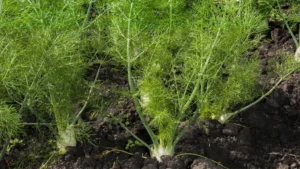



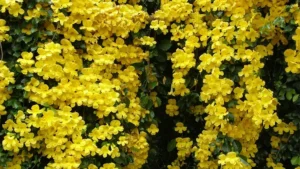
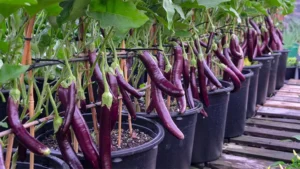


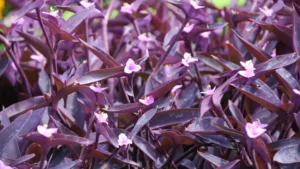

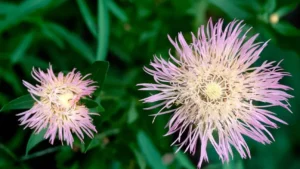
Leave your comment